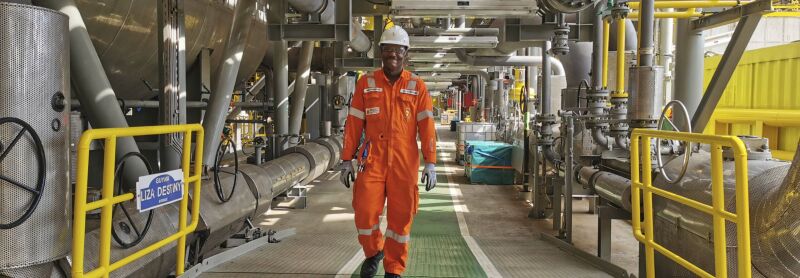ExxonMobil announced this week that it has achieved the maximum production rate of 120,000 B/D from its first floating production, storage, and offloading (FPSO) unit anchored offshore Guyana.
The Texas-based oil and gas company faced delays in reaching the milestone after suffering technical setbacks with a gas injection system onboard the Liza Destiny FPSO.
The issue limited the amount of oil that could be produced from the FPSO without significant routine flaring—a practice the company is seeking to end.
A new gas injection system was successfully installed this month, enabling the FPSO to reach its peak capacity on the one-year anniversary of its commissioning.
“We are incredibly proud of the tremendous work of our team in overcoming the challenges of the past year and safely bringing us to where we are today,” Alistair Routledge, president of ExxonMobil Guyana, said in a statement.
He added, “This resilient group, which includes a growing number of Guyanese professionals, continues to persevere through the COVID-19 pandemic and initial startup challenges to deliver a world-class project.”
The Liza Destiny achieved first oil in December of 2019 from the Liza field which is found almost 120 mi offshore in a maximum water depth of more than 6,200 ft. A second FPSO is expected to be commissioned in the area by 2022.
The Liza field represents just one of at least 18 major discoveries ExxonMobil has made in the Stabroek Block that covers more than 6.6 million acres.
ExxonMobil began exploring in Guyana in 2008 and drilled its first exploration well, the Liza-1, in 2015. ExxonMobil holds a 45% intertest in the Stabroek Block. Its non-operating partner Hess Corporation owns a 30% working interest while CNOOC holds the remaining 25%.
Earlier this month, ExxonMobil executives said at an industry conference that the company expects to have 5 FPSOs operating in Guyanese waters within 5 years.


